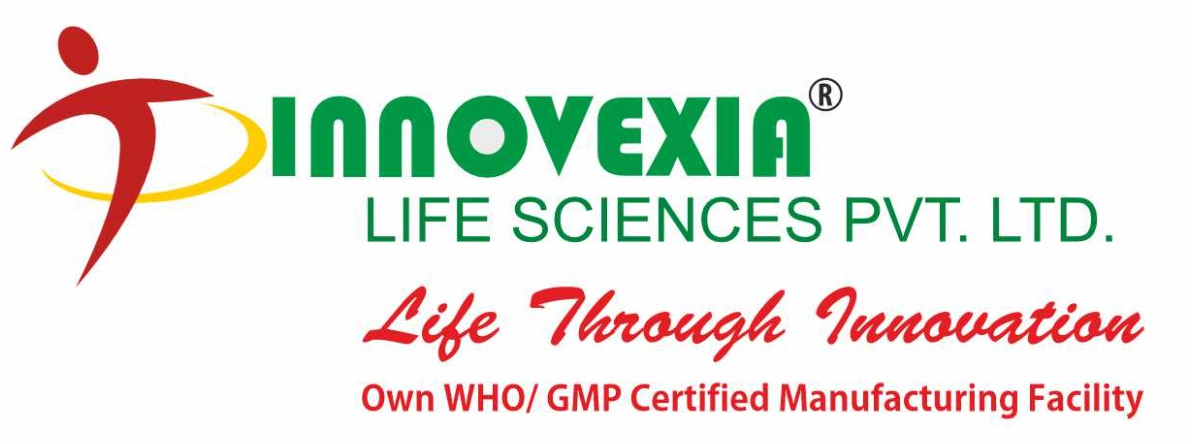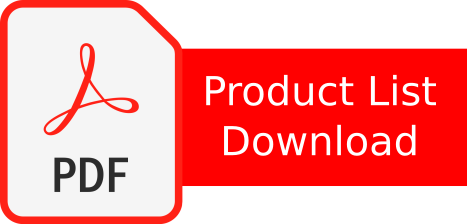Here’s a more detailed explanation on how to get your pharma product manufactured through a third-party in Baddi
I. Identify Your Product Requirements:
Before seeking a third-party manufacturer in Baddi, it’s crucial to clearly define the specifications and requirements of the pharma product you want to get manufactured. This involves determining the formulation, dosage form, packaging, labeling, and any specific quality standards or certifications you require. Understanding your product requirements will help you identify suitable manufacturing partners and ensure that your expectations are met.
II. Research and Shortlist Third-Party Manufacturers:
The next step is to conduct thorough research to identify reputable third-party pharmaceutical manufacturers in Baddi. Start by leveraging industry associations, online directories, trade shows, and networking with industry professionals. Consider factors such as the manufacturers’ experience, infrastructure, capabilities, certifications, quality control measures, and track record.
Shortlist a few manufacturers that align with your requirements and have a good reputation in the industry. It’s also important to consider the manufacturer’s capacity to handle your anticipated volumes and their ability to scale production if your demand increases in the future.
III. Request for Proposal (RFP):
Once you have identified potential third-party manufacturers, prepare a detailed Request for Proposal (RFP) document. The RFP should outline your product requirements, quantities, timelines, quality standards, packaging needs, and any other specific information. This document serves as a formal request to manufacturers, providing them with the necessary details to understand your project.
Send the RFP to the shortlisted manufacturers and request them to provide a proposal in response. The proposals should include pricing details, manufacturing capabilities, regulatory compliance, quality control systems, and any additional services they can offer. Ensure that the manufacturers understand your expectations and provide comprehensive responses to your RFP.
IV. Evaluate Proposals and Conduct Due Diligence:
Evaluate the proposals received from different manufacturers. Consider factors such as manufacturing capacity, expertise, quality control systems, regulatory compliance, cost-effectiveness, and the ability to meet your specific requirements. Compare the proposals based on these criteria to identify the manufacturer that best aligns with your needs.
Conduct due diligence on the shortlisted manufacturers to verify their credentials and capabilities. Review their certifications, licenses, and compliance with regulatory authorities. Request references from their past clients and contact them to gather feedback on the manufacturer’s performance, reliability, and product quality. If possible, conduct site visits to their manufacturing facilities to assess their infrastructure, production processes, and adherence to quality standards.
V. Quality Assurance and Documentation:
Quality assurance is a critical aspect of pharma manufacturing. Ensure that the selected third-party manufacturer follows Good Manufacturing Practices (GMP) and complies with relevant quality standards, such as ISO and WHO-GMP. Verify that they have a comprehensive quality control system in place, including testing facilities, standard operating procedures (SOPs), and documentation practices.
Request documentation related to the manufacturer’s certifications, licenses, and compliance with regulatory authorities. This includes their drug manufacturing licenses, GMP certificates, quality control protocols, and any other relevant documents. Review these documents to ensure the manufacturer’s credibility and commitment to quality.
VI. Negotiate and Finalize the Agreement:
Once you have identified the preferred manufacturer, initiate negotiations to finalize the agreement. Discuss pricing, payment terms, minimum order quantities, manufacturing timelines, intellectual property rights, confidentiality clauses, and any other terms and conditions. Ensure that the agreement covers all the necessary aspects and protects your interests as the product owner.
It is advisable to seek legal advice during the negotiation and agreement drafting process. An experienced attorney can help review and finalize the manufacturing agreement to ensure it is comprehensive, legally binding, and in line with industry standards and regulations.
VII. Quality Control and Audit:
Establish a strong quality control framework in collaboration with the third-party manufacturer. Develop a quality control plan that outlines the specific testing and inspection requirements for your product. Regularly monitor and audit the manufacturing process to ensure compliance with quality standards, adherence to agreed-upon processes, and consistency in product quality.
Implement a rigorous testing regime for raw materials, intermediates, and finished products. Collaborate with the manufacturer’s quality control team to establish testing protocols, specifications, and acceptance criteria. This helps ensure that the final product meets your specifications and regulatory requirements.
VIII. Manufacturing and Supply:
Provide the manufacturer with the necessary documentation, including the product formulation, packaging specifications, and artwork for labels and inserts. Collaborate closely with the manufacturer throughout the manufacturing process to address any questions or concerns promptly. Regularly communicate with the manufacturer to monitor progress, ensure timelines are met, and maintain transparency.
Coordinate with the manufacturer for logistics and supply chain management. Work together to ensure that the finished products are properly packaged, labeled, and shipped to your desired location. Implement robust inventory management practices to track and manage product stock levels.
IX. Continuous Communication and Relationship Management:
Maintain open and transparent communication with the third-party manufacturer throughout the manufacturing process. Regularly share updates, provide feedback, and address any issues or concerns promptly. Collaboration and effective communication are essential for a successful partnership.
Build a strong working relationship with the manufacturer based on trust, mutual understanding, and clear communication. Schedule periodic meetings or calls to discuss performance, quality improvement opportunities, and any changes in product specifications or requirements.
X. Ongoing Monitoring and Improvement:
Once the manufacturing process is underway, continue to monitor the manufacturer’s performance and product quality. Conduct periodic audits and inspections to ensure ongoing compliance with quality standards and adherence to agreed-upon processes. Provide feedback and suggestions for improvement to the manufacturer to enhance the manufacturing process and address any areas of concern.
Stay updated with industry trends, technological advancements, and regulatory changes. Engage in continuous learning and improvement to ensure your product remains competitive and meets evolving market requirements.
In summary, getting your pharma product manufactured through a third-party in Baddi requires careful planning, research, evaluation, and effective communication. By following these steps and seeking professional advice when needed, you can establish a successful manufacturing partnership and bring your product to market efficiently and effectively.

